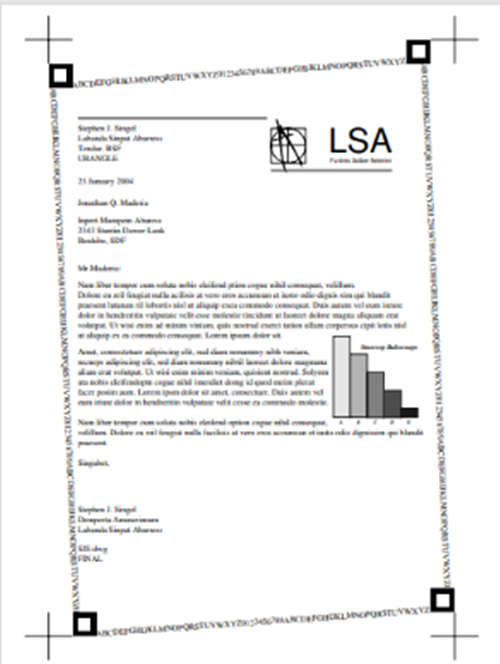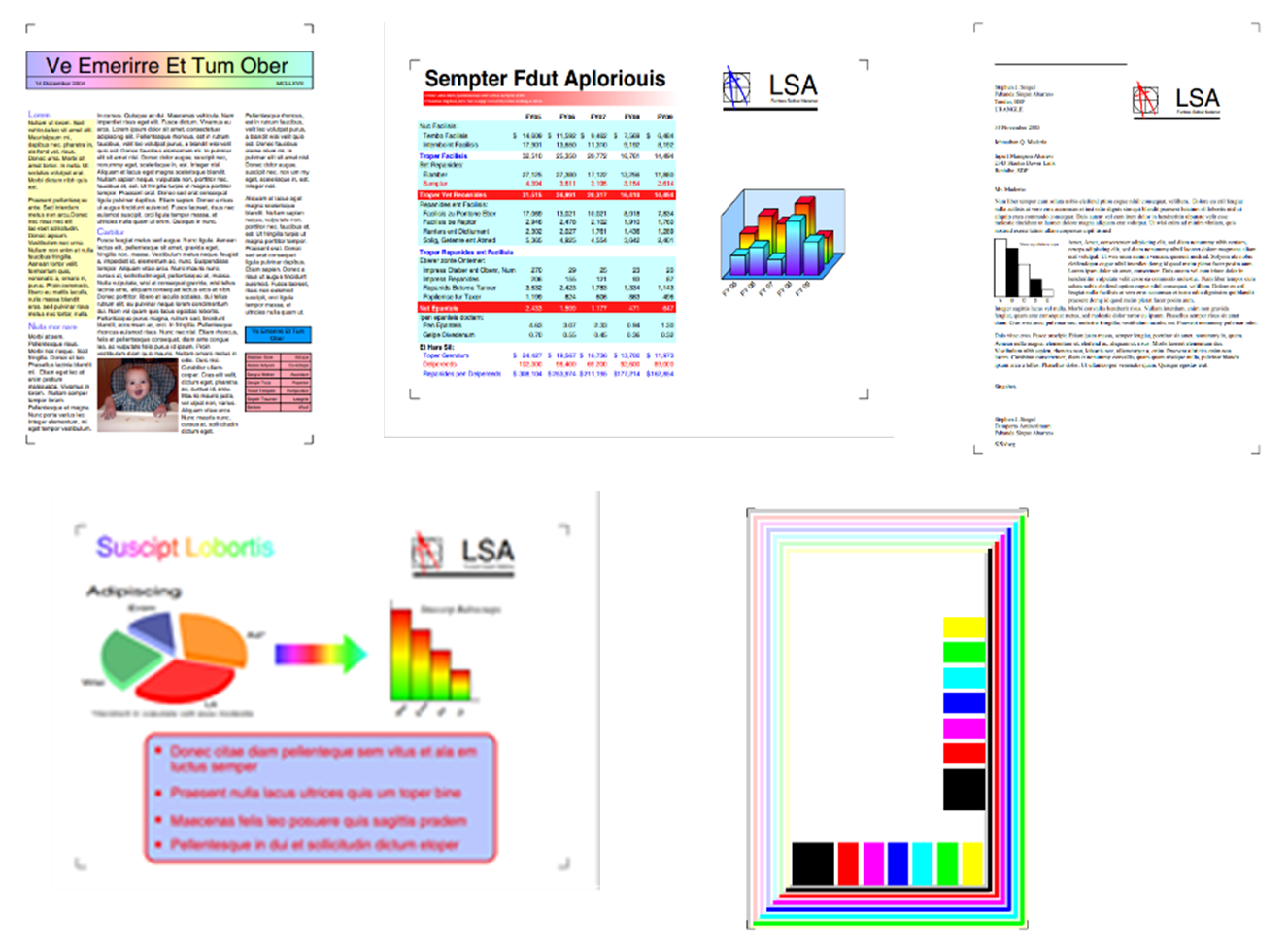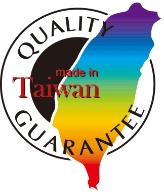
In today’s office environment, understanding printing costs and efficiency is vital for business operations. Key metrics such as Page Yield and 5% Page Coverage are crucial for evaluating printer and toner cartridge performance, affecting both print quality and cost-effectiveness. This article will explore these topics to provide a comprehensive overview of essential elements in print cost management.
What does Page Yield and 5% Page Coverage Mean?
Page yield is the approximate number of pages printed with one toner cartridge. This figure is based on the ISO/IEC 19752 and ISO/IEC 19798 standards, measured by printing pages with a 5% coverage until the cartridge runs empty. Page coverage refers to the percentage of the page that is covered by the toner, where 5% of page coverage signifies that only 5% of the page area is filled with toner.
Factors Affecting Page Yield
As mentioned earlier, page yield is only an estimated number. How long a cartridge lasts and how many pages it can print depend on the content being printed. For example, frequently printing a large number of photos will cause the toner to deplete more quickly. As a result, the actual print volume is greatly affected by factors such as the content being printed, page coverage, the printer's condition, and the storage conditions of the cartridges (including temperature and humidity). These factors all impact the actual number of printed pages and the performance of an individual cartridge.
Overview of ISO/IEC 19752 and ISO/IEC 19798
ISO/IEC 19752:2017 and ISO/IEC 19798:2017 are the current testing standards published by the International Organization for Standardization (ISO). These standards aim to provide measurable and comparable testing methods for the print volume of toner cartridges. It is important to note that the print volume data is only for assessment and comparison and does not equate to the actual printing volume of the toner cartridge. The claimed print volume does not represent the minimum output that the cartridge can deliver.
- ISO/IEC 19752: This standard is designed specifically for monochrome electrophotographic print systems. It provides a set of testing methods aimed at assessing the page yield to ensure consistency and reliability of product performance.
- ISO/IEC 19798: This standard is for toner cartridges used in color electrophotographic print systems. It is used to evaluate the page yield of color cartridges, including the usage of cyan, magenta, yellow, and black toners.
How Cartridge Web Follows These Standards to Ensure Cartridge Performance
Cartridge Web (CW) verifies the print volume of printers and toner cartridges based on ISO testing methods, with standards differentiated by whether the printer is monochrome or color. For CW’s toner cartridges, both monochrome and color testing are conducted using documents with a 5% coverage rate to assess page yield and print quality. The printer continuously prints a standard five-page document, including a combination of text and images in both black and color, until the toner cartridge reaches the end of its life.
ISO standard test pages for monochrome/color toner cartridges as demonstrated below:


Understanding Cost Efficiency Through Page Yield and Cost Per Page (CPP) Calculation
When customers understand the correct page yield of a toner cartridge and its purchase price, they can calculate the Cost Per Page (CPP). The calculation formula is Cost Per Page = Price / Page Yield. Through this calculation, customers can effectively assess the printing efficiency of the toner cartridge. Therefore, page yield is one of the important indicators for understanding toner cartridge performance, as it affects overall printing costs in addition to the price.
Cartridge Web provides high-yield cartridges that are especially suitable for customers who require high printing volumes, as they can significantly reduce the cost per page, making your printing more economical. Choosing our high-yield cartridges will be a wise decision if you want to achieve greater cost efficiency in the long run.

